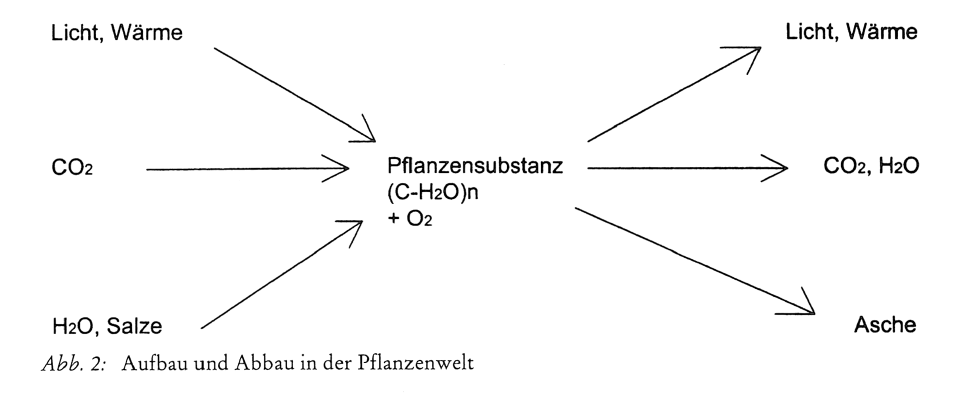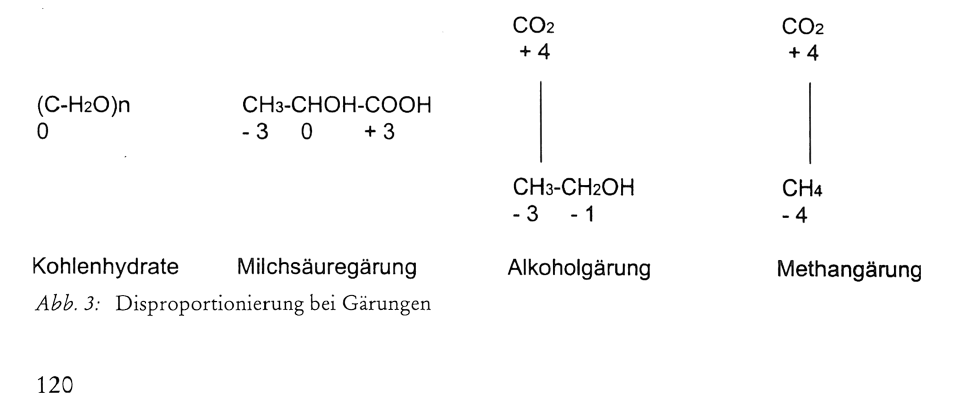Abbau und Umwandlung bei biochemischen Prozessen am Beispiel der Gärungen
Export Article Citation as
- Plain text
- BibTeX
- RIS format
- Download price : € 6.00
Abstract:
We know from the history of arts and crafts that early experience of ‘practical chemistry’ dates back to very early times. Apart from the production of materials such as metal, glass and clay as well as tanning and dyeing, fermentation processes used in food production and conservation are of particular significance.
For millennia these manufacturing processes were passed on as true crafts in the realm of repeated experiences from master craftsman to apprentice, from housewife to her children. The craftsmanship was based on an intuitive knowledge of substances and processes coupled with a fine sense for the qualities of taste or smell. Keeping qualities, durability, wholesome flavour and smell were achieved by careful attention to the methods.
In the last one hundred years these processes were studied using the methods of modern chemistry. With the help of chemical formulae and reaction equations, fermentation processes were described at an abstract level which is separated by a deep rift from the level of direct sensorial experience.
We shall try to see fermentation within the polarity of decomposition and transformation of organic substances and in doing so include both the sensorial experiences and the language of chemical formulae. Is it possible to view this field from a single viewpoint from which both chemistry as a science and the <chemical craft> with its experience of guiding these processes can be surveyed.



